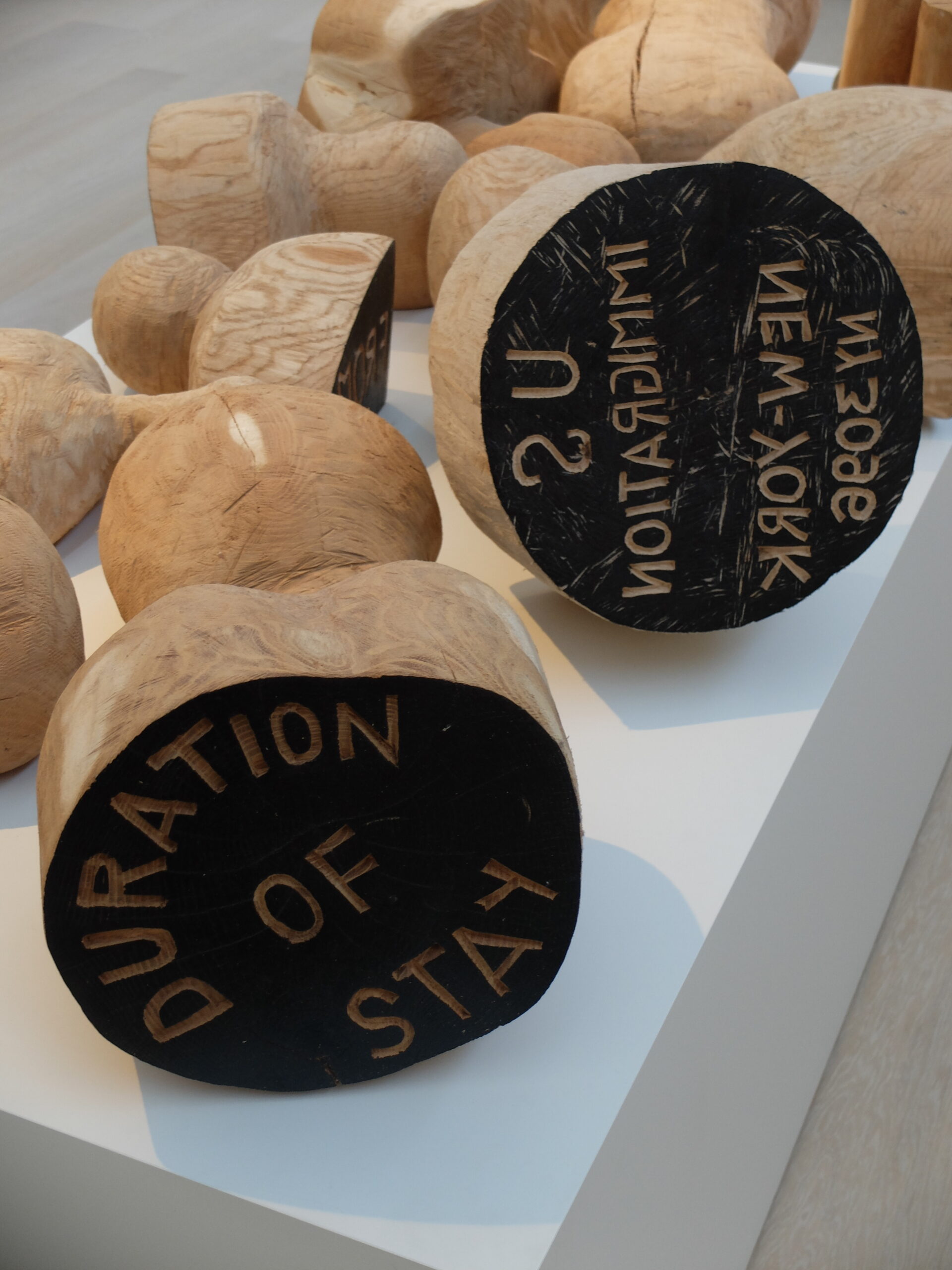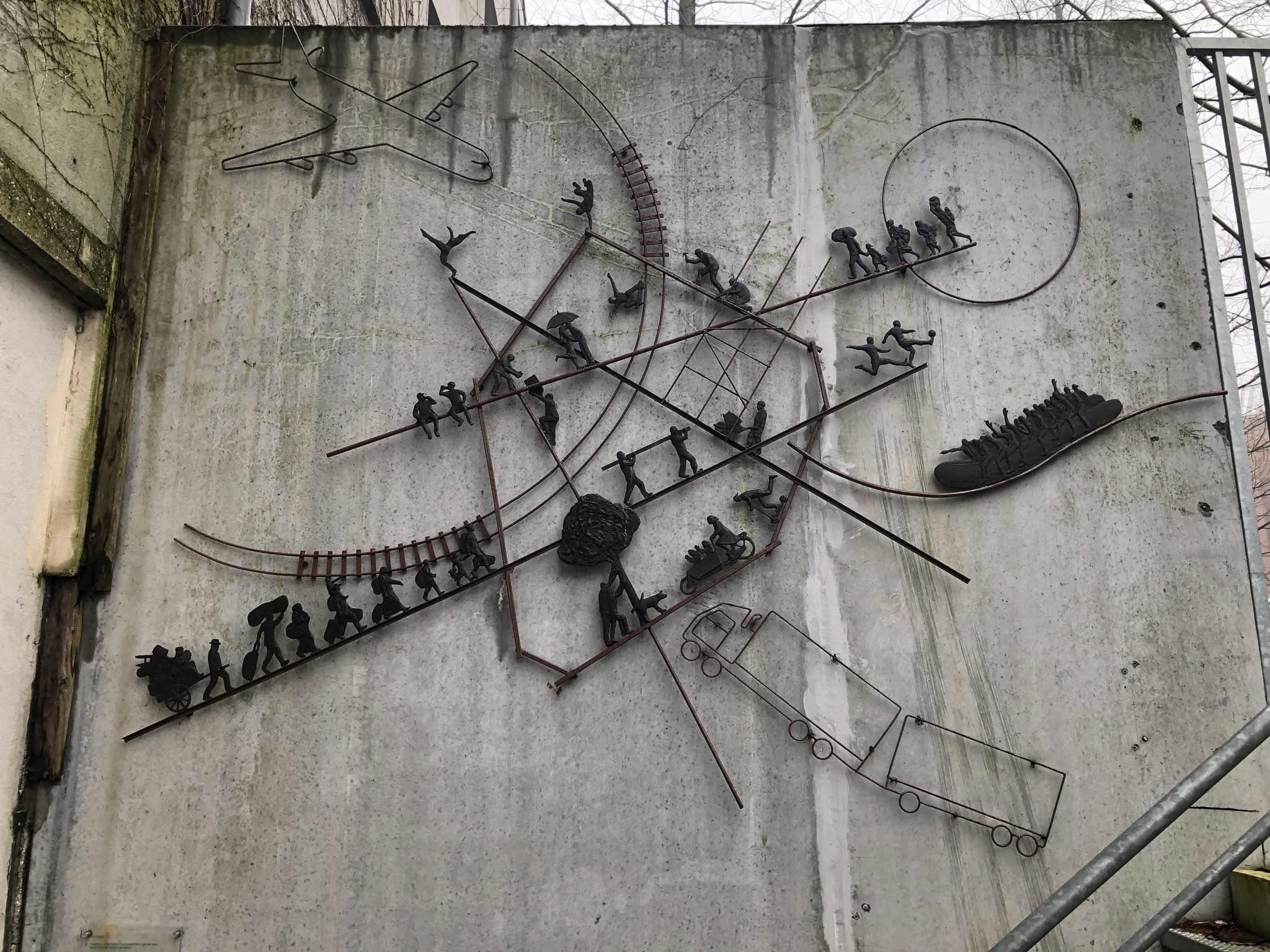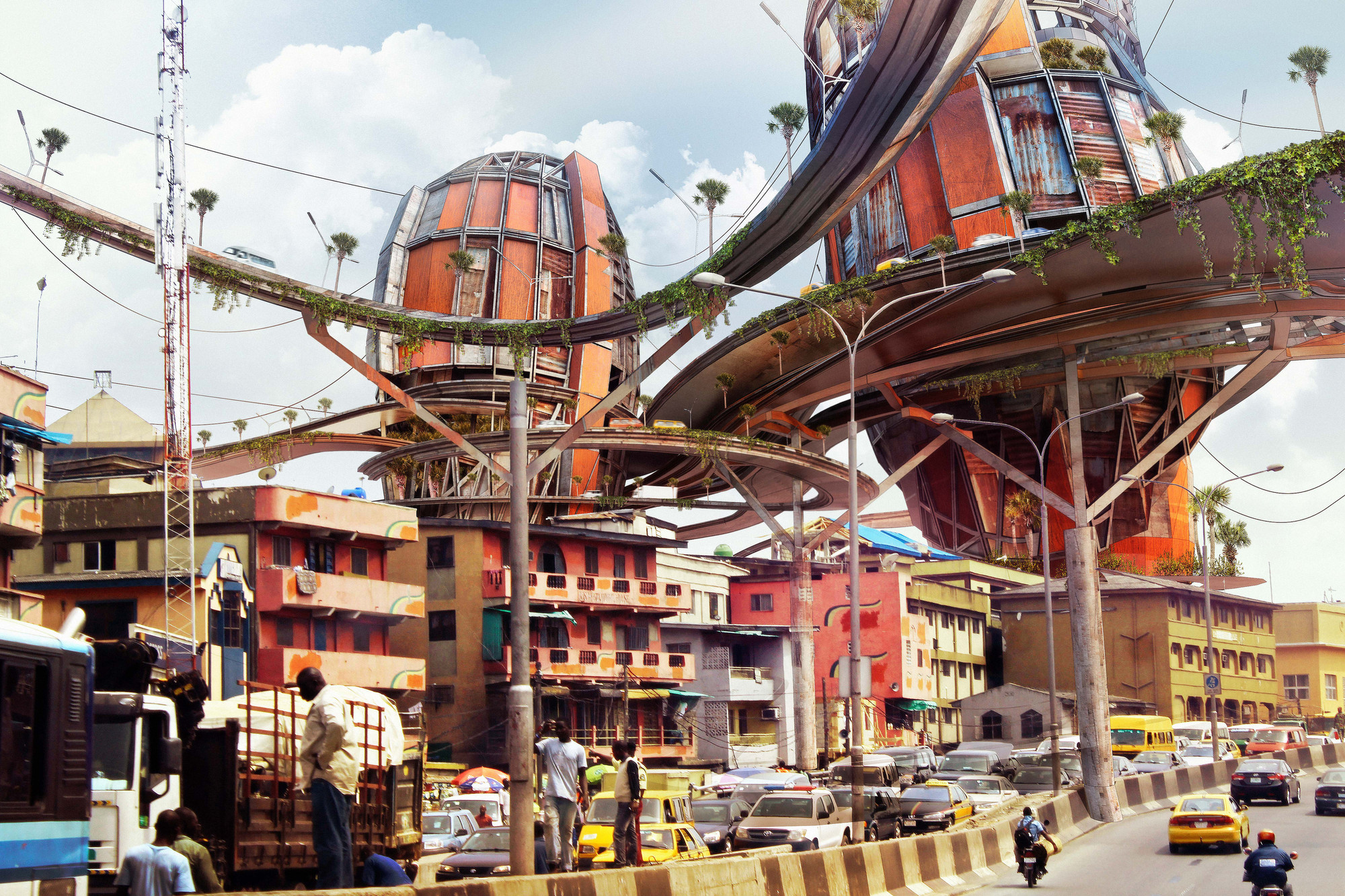Immigration policy

“To bring in only urban, university-educated elites … is a waste both of human potential and of foreign policy, since the immigrants often get their degrees at universities in their own countries that have been funded by foreign governments to help create medical, legal and technical knowledge in the developing world. If the products of these programs all become hotel desk clerks and roofers in Western cities the entire aid agenda is wasted. … Of ‘chronically poor‘ immigrants in Canada, 41 per cent have university diploma’s. … The Canadian government was surprised to discover that the uneducated relatives of points migrants are faring better economically that the original migrants themselves … [and] when immigrants are brought over without their networks of relatives and village neighbours, they are more likely to become isolated and unsocialized, to fall into criminality or social conservativism.”
aus: Doug Saunders: Arrival City. How the largest migration in history is reshaping our world. London: Windmill Books 2011 (Originalausgabe 2010), S. 91-93.
Abb.: Bathélémy Toguo: The world’s new climax, 2000, Kunstpalast, Düsseldorf.
06/14

